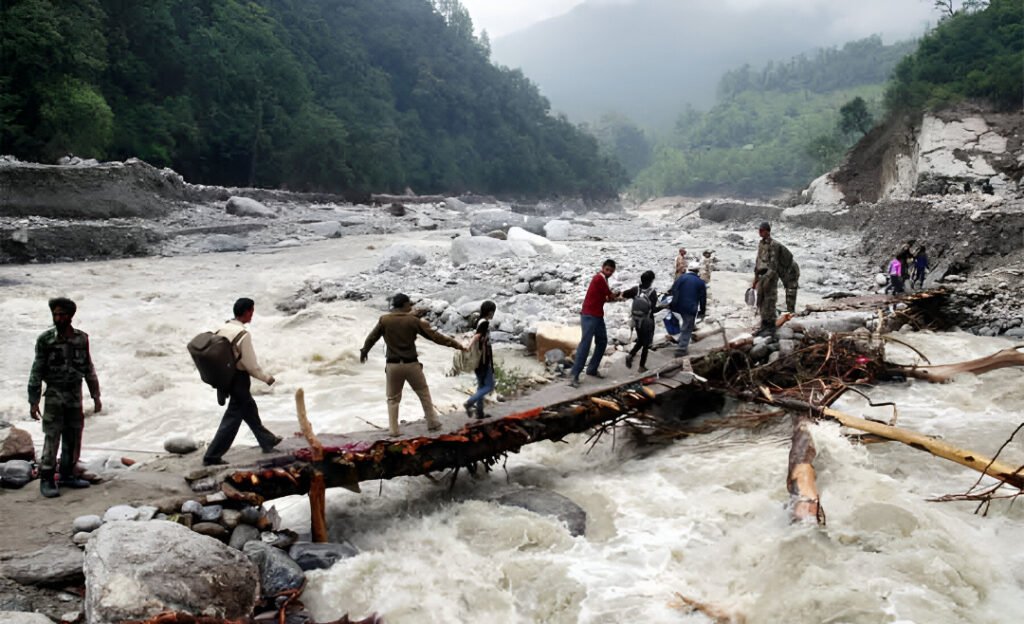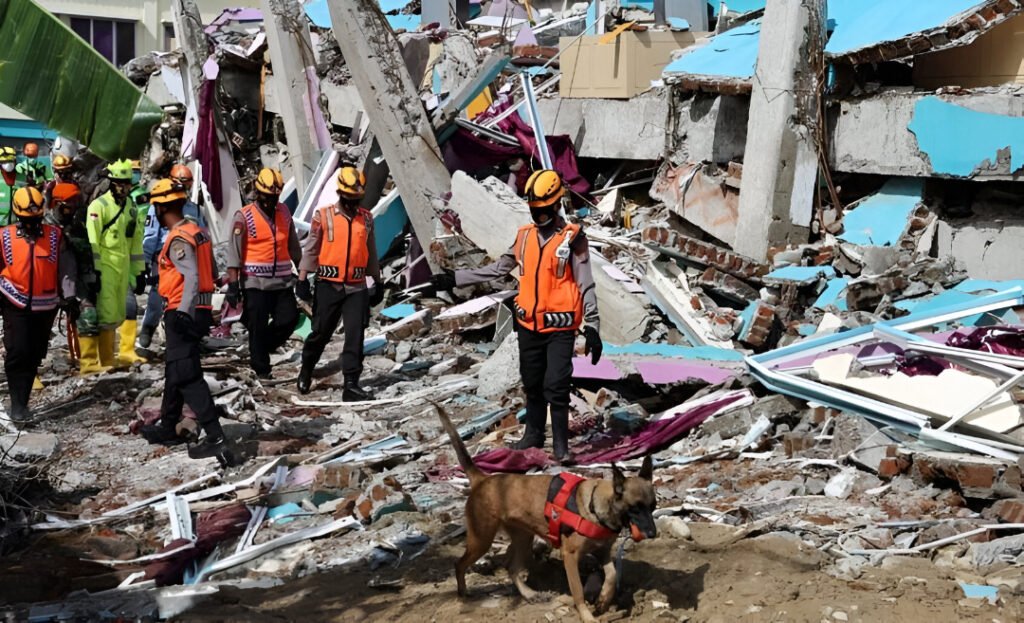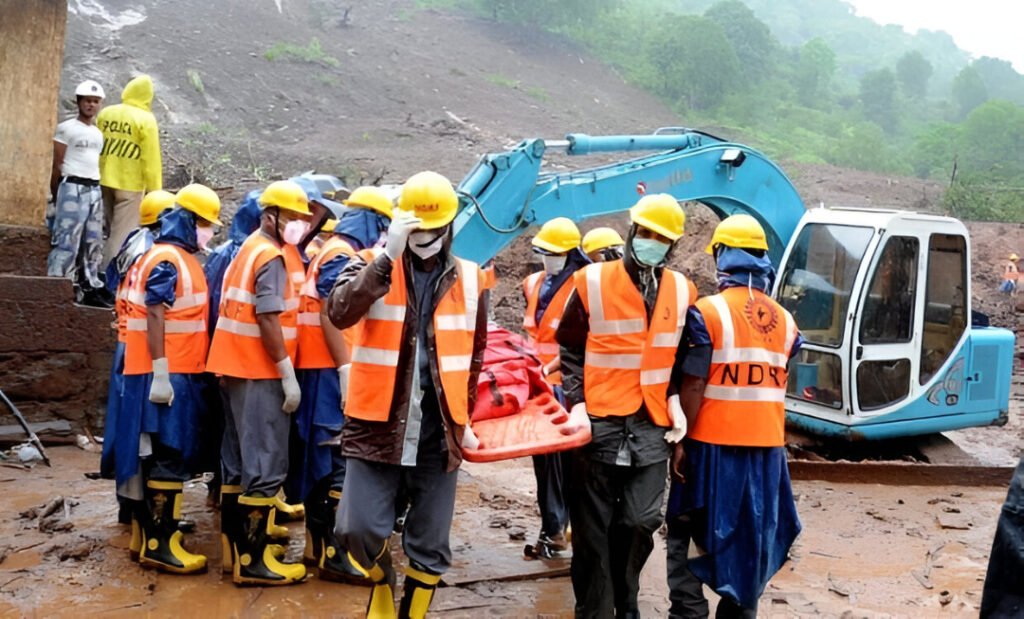
Union Home Minister Amit Shah recently declared that India is emerging as a global leader in disaster management. Speaking at the annual conference of Relief Commissioners and Disaster Response Forces in New Delhi, Shah praised the achievements of the last ten years under the Modi government, calling them a transformative decade in India’s approach to disaster preparedness and response.
India has been able to fortify its disaster management system over the last decade in a very big way. A concerted effort with a mix of technology, training, and policy has helped the nation to develop higher capacity, increased speed and efficiency, and enhanced accuracy in disaster response activities. Efforts have enabled the system to become highly proactive and strategic from a once-reactive approach.
From Minimum Casualty to Zero Casualty

One of the major changes in India’s philosophy of disaster management has been the shift from achieving minimum casualties to achieving zero casualties. In Shah’s opinion, this objective reflects the government’s strong commitment to saving all lives possible during an emergency. He pointed out that the world has noticed India’s commitment and improving capabilities.
Such organizations as the National Disaster Management Authority (NDMA) and the National Disaster Response Force (NDRF) have played an instrumental part in this development. These organizations have coordinated response efforts to disasters with utmost efficiency, at times working under severe stress to save lives and property during natural and human-made catastrophes.
One of the most effective changes has been in advancing early warning systems. Today, these systems provide more timely and accurate warnings, providing citizens and local governments with the time required to prepare and respond. Shah also emphasized awareness campaigns that have informed communities about reacting to different emergencies. Involving citizens directly made disaster management more participatory and people-oriented.
Strengthening local planning and getting global recognition

In order to enhance disaster preparedness at the grassroots level, Shah instructed all union territories and states to make it a point that every district prepare a District Disaster Management Plan (DDMP) within 90 days. Localized plans are necessary for adapting the response as per regional hazards, terrain, and climatic conditions. A focus at the district level will allow response mechanisms to be prompt, coordinated, and suitable to the specific problems of each region.
India’s growing leadership in disaster management has also earned international acclaim. The nation has provided aid to neighboring countries during times of crisis and is now regarded as a trustworthy and responsible international partner when it comes to global humanitarian work. From performing rescue missions overseas to exchanging best practices, India is making a growing contribution to world disaster resilience.
The Road Ahead
Although the achievements hitherto are laudable, the Home Minister emphasized that complacency is out of the question. Climate change continues to escalate the number and intensity of disasters, so it is essential that India remain proactive. The government is planning to invest more in new technology, improve interagency coordination, and keep raising public awareness.
India’s path so far in disaster management demonstrates a sincere dedication to saving lives and building back better. The past decade has set a solid foundation, and the future promises even more resilience and global leadership.









